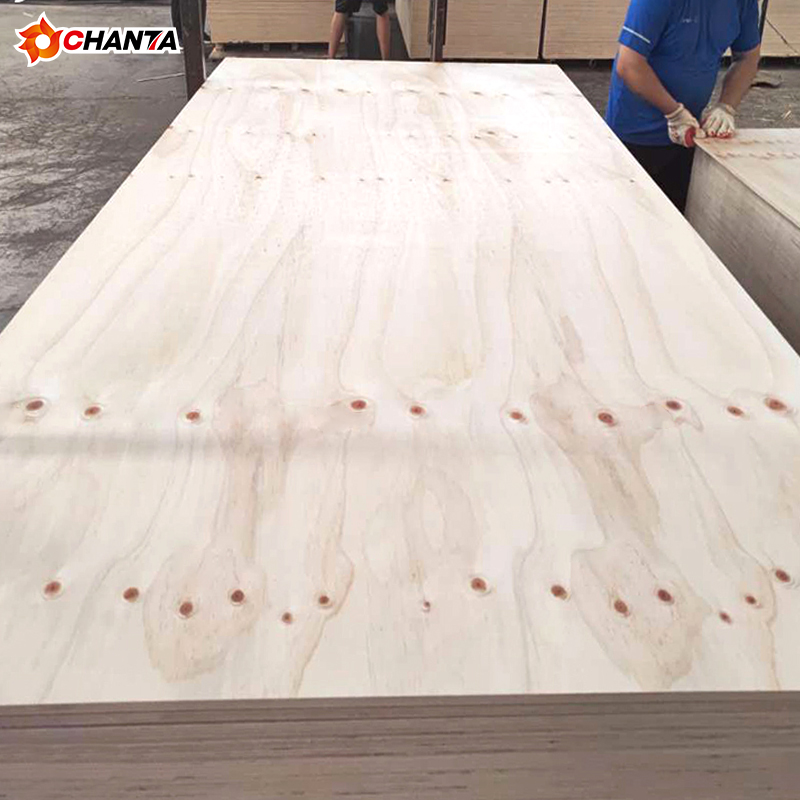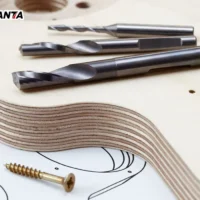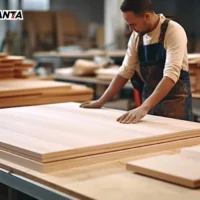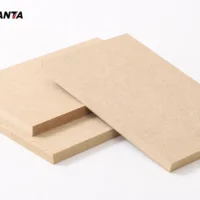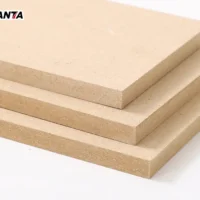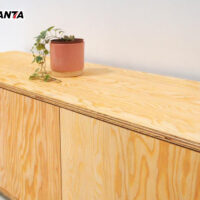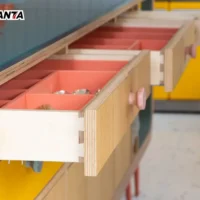Film-faced plywood, often referred to as shuttering plywood or concrete formwork plywood, is a highly durable and versatile material widely used in the construction industry. It features a smooth, waterproof surface, making it ideal for demanding environments where moisture and heavy loads are common. This article will discuss the primary applications of film-faced plywood in construction, emphasizing its usefulness and advantages across different project types.
1. Concrete Formwork in Building Projects
One of the most important applications of film-faced plywood is in concrete formwork. It is specifically designed to create molds for concrete structures, providing a smooth surface that prevents concrete from sticking. This is particularly useful when constructing walls, columns, and slabs. As a result, builders can remove the formwork more easily once the concrete has set, ensuring a clean finish.
In addition, because film-faced plywood is resistant to moisture, it maintains its structural integrity even in wet conditions, which reduces the likelihood of warping. Furthermore, since shuttering plywood can be reused multiple times, it helps to reduce both material costs and environmental waste, making it a highly economical choice for large-scale building projects.
2. Bridges and Tunnels
Another significant application of film-faced plywood is in the construction of bridges and tunnels. These massive infrastructure projects demand precision and strength, especially when it comes to creating concrete structures. The smooth, waterproof surface of ensures that the concrete forms are strong and durable, while also providing a high-quality finish.
Because these projects often take place in harsh environments, the plywood’s resistance to water and chemicals is especially advantageous. It ensures that the plywood maintains its strength and can be used multiple times, reducing the need for frequent replacements. This makes it a practical and reliable choice for infrastructure projects that require large-scale concrete formwork.
3. High-Rise Buildings
Film-faced plywood is also extensively used in the construction of high-rise buildings. In such projects, the need for precise, smooth concrete forms is critical to ensure structural safety and efficiency. The lightweight nature of makes it easier to transport and install at elevated heights, which is particularly useful in tall buildings.
In addition to being easy to handle, film-faced plywood’s smooth surface ensures that the concrete does not stick to it. This speeds up the removal process and allows for quicker project completion. The ability to reuse the plywood multiple times also helps keep costs low while maintaining high standards of construction.
4. Industrial Buildings and Factories
In industrial settings, film-faced plywood is often employed to build strong, durable structures such as factory walls and floors. Since these buildings frequently handle heavy machinery and high loads, the material’s durability is crucial. Its moisture resistance is another important factor, especially in industrial environments where exposure to water, chemicals, and other harsh conditions is common.
Moreover, the use of film-faced plywood in these structures ensures that the concrete floors and walls have a clean, professional finish, which is important for both functionality and appearance. This makes it a highly versatile material that fits a wide range of industrial applications.
5. Road and Highway Projects
Finally, film-faced plywood plays a key role in road and highway construction. Whether it’s forming concrete barriers, bridges, or retaining walls, the plywood’s strength and durability are essential for creating long-lasting infrastructure. Its resistance to water and heavy loads ensures that the concrete structures can withstand the wear and tear of road traffic over time.
Additionally, the smooth surface of formwork plywood helps create precise molds for concrete, resulting in uniform, stable road structures. This contributes to both the safety and longevity of roads and highways, making an invaluable material in civil engineering projects.
Conclusion
In summary, film-faced plywood, commonly known as shuttering plywood or formwork plywood, is a highly versatile and reliable material in construction. Its waterproof surface, durability, and reusability make it particularly useful in a variety of applications, including concrete formwork, bridges, tunnels, industrial buildings, and road construction. With its ability to provide a smooth, clean finish while maintaining strength, film-faced plywood is a key material that continues to shape the modern construction industry.














